Production Workflow: The Integration Puzzle
Home / Production Workflow: The Integration Puzzle
This is a guest article from Crawford Technologies, a valued BCC Software partner.
There is widespread agreement that automating a production workflow has numerous benefits. Automation reduces errors and lets you do more with fewer resources. It supports increased throughput, allows you to make better use of your equipment, and gives you the tools and foundation to take on more work. All of this impacts your bottom line and can lead to increased profits, so automating your  workflow seems like a no-brainer.
workflow seems like a no-brainer.
But no service provider starts out with a clean slate. You undoubtedly have equipment, systems, software, and processes that have evolved over time. It’s highly unlikely that you can eliminate or phase out anything that’s still working, particularly if it represents a significant financial investment. It’s also very likely that the plethora of equipment and systems in place come from multiple vendors.
Another consideration is to define what “workflow” really means – where does it start and where does it end? Think of the numerous processes that are required to get a job in and out of your shop. Onboarding, pre-flight, approvals, scheduling, output, finishing, postal preparation, mailing – the list goes on, without even including critical steps like error and exception handling.
Automated production doesn’t exist in a vacuum, so creating a successful end-to-end workflow requires that these various pieces and processes be connected. It’s clear that one of the most basic and most important aspects of successfully automating your workflow is integrating all of your equipment and your systems, within the broader environment of infrastructure, people, and processes already in place.
How Can You Best Approach the Integration Puzzle?
Assessing what you’re dealing with and what your goals are is an important first step:
- What sort of skills does your staff already have, and what is the feasibility of expanding those skills, either through hiring or education?
- What are your customers’ expectations for quality, control, turnaround time, security and more?
- If you are looking at new or upgraded hardware and software, make sure that it is capable of being integrated with another system through a standard protocol or interface, and that all systems can function effectively in your environment.
You will most likely need to involve an outside resource, or multiple resources, and will need to coordinate and work with other vendors. Cooperative relationships and partnerships go a long way toward guaranteeing the collaborative effort that is required when building an automated workflow, so seek out vendors that maintain business and technical relationships with other leading industry vendors.
And finally, whatever is built needs to be sustainable. Even if you rely on external resources to create your workflow, your staff needs to be able to manage and maintain it on a day-to-day basis. It should support the inevitable changes your business will face, including new or updated equipment, new customers, and modified processes, without the need to start from scratch.
Planning and implementing an automated end-to-end workflow can be daunting, but the results are undoubtedly worth it. Take a look at this case study to learn how Crawford Technologies, BCC Software, and Canon Solutions America teamed up to help a service provider save money, meet customer requirements, and increase profits with an automated workflow.

